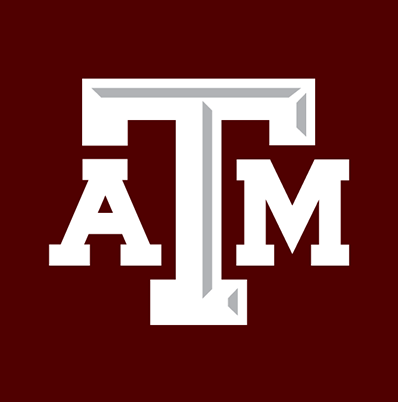Folks new to assessment may not have heard the terms direct measures/assessment and indirect measures/assessment, particularly related to student learning. In student affairs, it can be challenging to use direct measures because of the less structured work we do.
Indirect measures are considered those in which people reflect on their perception of their knowledge or ability. It is self-report data that is collected from participants, quantitatively or qualitatively, usually at the end or an experience. Typical assessment methods include surveys, focus groups, exit interviews, and tracking use of services/program.
On the other hand, direct measures require participants to demonstrate their knowledge or ability. Typically, someone else then can determine whether the participant performs at an acceptable level. This demonstration of knowledge or skill can also be quantitative or qualitative. Typical assessment methods include work samples, demonstration/observation (with a rubric), portfolios, and tests. Depending on the learning you are looking for, methods could include surveys and interviews.
Let’s think about some examples. Suppose you taught a one-time, two-hour workshop on leadership theories to first-year students. Because that is not a lot of time, your assessment will probably not be particularly in depth. You might do a brief survey at the end that asks students about whether they could explain a certain theory or their confidence level in applying a theory. You might even ask them to give an example of how they would apply that in the future. You don’t really have enough time to have students demonstrate their application of a leadership theory. It’s okay to use indirect methods and try to frame it of how students will apply what they have learned. If you wanted to be more direct, you could ask students to describe or define a particular theory and give 2-3 examples of how it would be applied in student organizations. In that sense, your survey turns into more of a test because there are right and wrong answers. Using multiple indirect measures can provide more confidence that learning has happened if you cannot implement more direct measures.
Here’s another example. Students who work at the climbing wall at the Rec Center must be proficient in climber safety. That includes being able to tie knots correctly to ensure that climbers will not fall off the rock wall and injure themselves. Personally, I want those students to be able to tie the knots correctly 100% of the time. Following their training, I want an experienced staff member to observe a student tying the knot multiple times correctly and monitor them periodically to ensure continued correct performance. I do not think it is sufficient to just ask a student whether they feel confident about knot tying or that they understand the knot tying process. Sometimes direct measures can take more time to implement but provide a better evaluation of learning and application.
The bottom line is to start implementing measures to assess student learning. If you can use direct methods, all the better. If not, at least try to implement indirect measures that might give you some sense of learning. Remember, assessment takes practice and is an iterative process. It’s never too late to get started.

